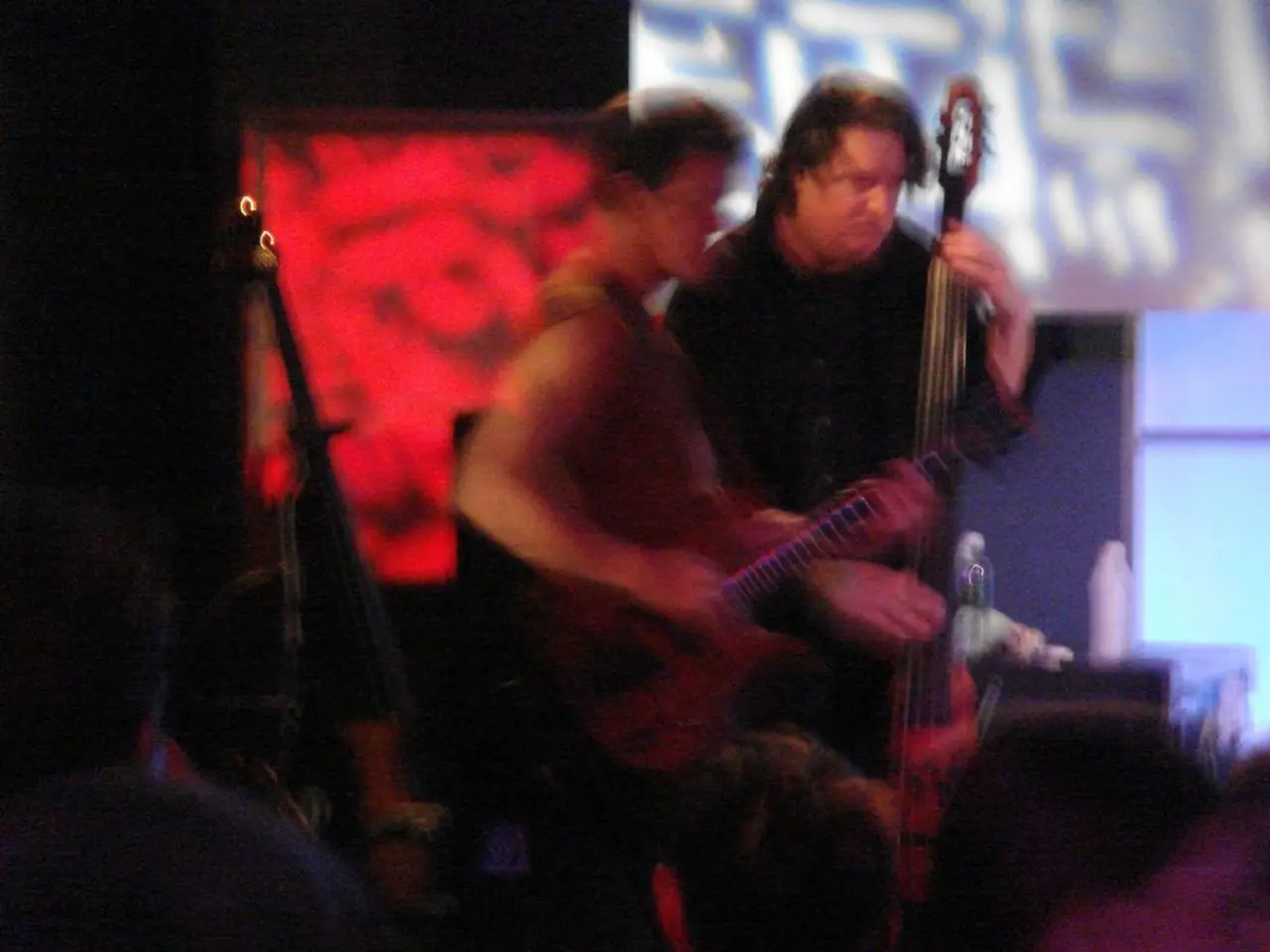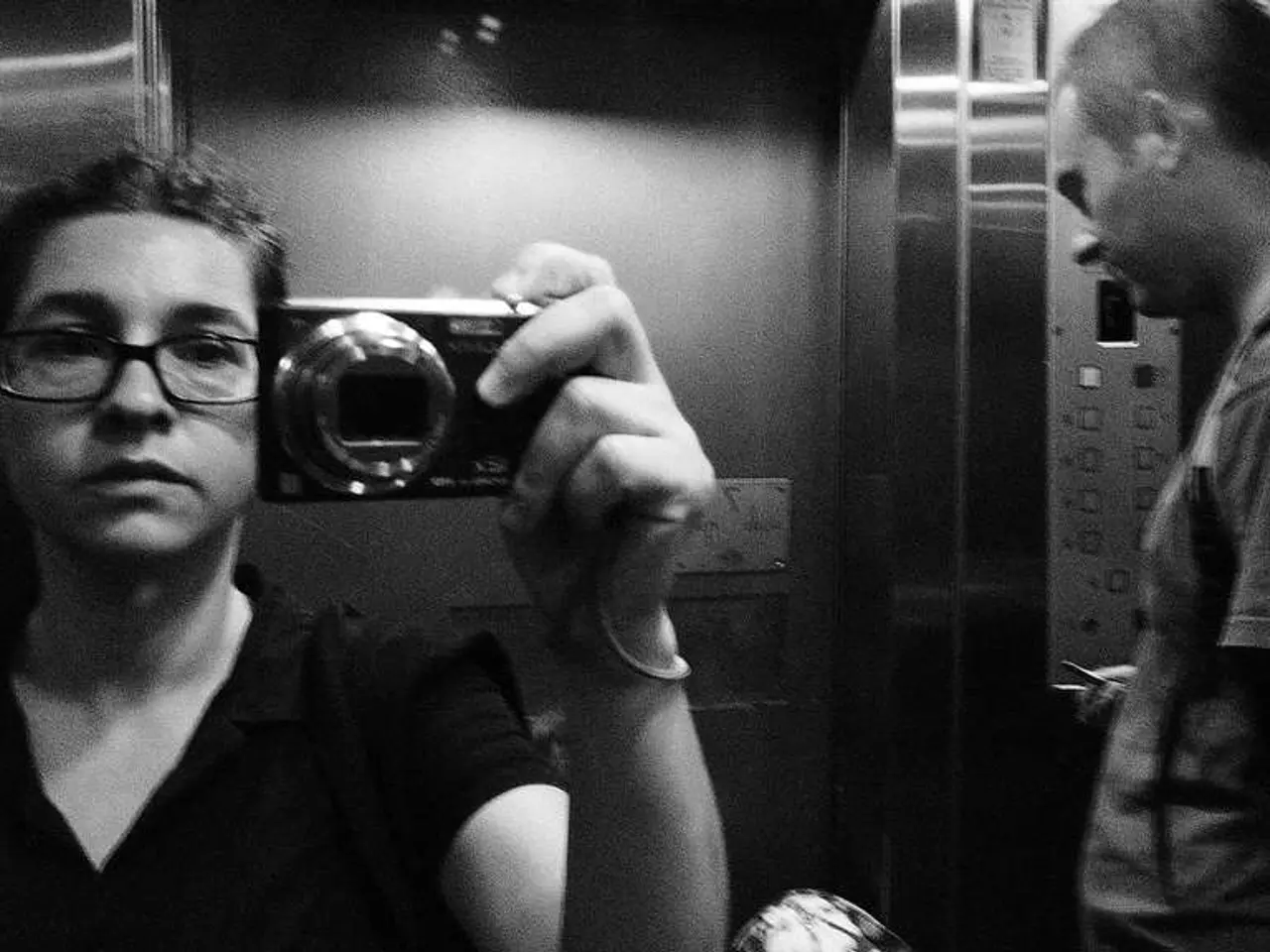Exploring the foundations of Freud's Psychoanalytic Development Model in depth
Loosened-Up Psychoanalysis: Delving into Your Hidden Self
Welcome to the quirky realm of Sigmund Freud's psychoanalytic development theory - a mind-bending journey that pulls back the curtains on your subconscious.
Although his theories might seem bonkers by today's standards, Freud managed to shake up the world of psychology, introducing concepts that still stir up discussions. Today, we're diving deep into the principles that make up this mind-blowing approach to understanding human behavior and mental wellness.
What's the Skinny on Psychoanalysis?
Psychoanalysis is the nuts-and-bolts theory of your insides; it seeks to explore the nitty-gritty of your unconscious mind - a shadowy basement filled with desires, fears, and ancient memories that lie beyond your conscious thoughts. Psychoanalysis aspires to highlight the ghosts lurking in your attic so you can make sense of your bullcrap and set your life straight. It's not just a theory but a down-and-dirty method of therapy, helping folks uncover hidden stuff and bring a sense of closure to their emotional turmoil.
The Lay of the Land
So, what makes up the psychoanalytic landscape? Freud split the human mind into three distinct areas: the wild and untamed Id, the well-mannered Ego, and the uptight Superego. Each region plays a unique role in shaping your thoughts, actions, and overall personality.
- The Id: Unleashed from birth, this beastly area is all about animal instincts, yelling for immediate gratification like a spoiled brat. It doesn't care about polite society, and it's all feelings and no logic. Represents your primal needs, like hunger, sex, and power.
- The Ego: Stepping onto the scene around age two or three, the Ego acts as the referee, nudging the Id towards social acceptability. It's all about balance: rewarding your animal urges while considering the consequences. It's the voice of reason, helping you make decisions.
- The Superego: Finally, the Superego skips onto the scene by age five, representing the societal and parental standards you internalized, your moral compass. It's all about perfection, judging whether your actions are right or wrong, good or bad.
The Stages of Life: From Crib to Burgher
Freud believed that babies move through a series of stages, each one centered around a different body part. These stages can significantly impact your growth and character, so pay attention.
- The Oral Stage: This uncouth period begins at birth and lasts up until about 18 months. During this time, your pleasure centers revolve around the mouth, and your bowel movements become a central issue – think sucking, biting, and breastfeeding. Bad experiences during this stage can lead to those weird oral fixations you might have as an adult, like compulsive smoking or nail-biting.
- The Anal Stage: Here, during the ages of 1.5 and 3, your attention shifts to the anus – and toilet training. Freud implied that your parents' strict or laid-back approach to potty training could determine whether you grow up to be a neat-freak or a messy disaster.
- The Phallic Stage: In this bold and uninhibited phase, between three and five, your fun bits take center stage. Freud divulged the controversial "Oedipus complex," where a child feels a subconscious s**xual attraction to the opposite-sex parent, and rivalry with the same-sex parent.
- The Latency Stage: Lasting from about five to twelve, your sexual urges take a nap while you focus on socialization, learning, and friendship. Good times for building communication skills and confidence, buddy!
- The Genital Stage: The final stage, this one kicks off during puberty and lasts through adulthood. Your sexual urges return, but this time, they're geared towards mature relationships. Kudos to you if you navigate this phase successfully and learn to love and form satisfying relationships.
Techniques of Psychoanalysis
Wanna go deep? Freud introduced some cool techniques to access your inner selves and understand your emotional struggles, fears, and desires. Here are three methods to peel back those layers and discover your inner truth:
- Free Association: Imagine you have a chatty cat with no filter. That's free association: your chance to spill your guts and talk about whatever comes to mind without self-censorship. By letting your thoughts flow freely and without judgment, you could uncover hidden fears and desires.
- Dream Analysis: Freud believed dreams were direct gateways to the unconscious mind, filled with symbols and hidden meanings that reflect your inner emotional turmoil. So, tie on your tinfoil hat and discover the secret message in your nightmares.
- Transference: In the therapeutic relationship, transference occurs when you project feelings about important loved ones onto your therapist. For example, you might treat your therapist like a parent figure, triggering lingering emotions and conflicts with your parents. This can help you confront unresolved issues and move forward in your healing journey.
A Few Words About Criticisms
Despite Freud's significant influence on psychology, his theories have been met with heaps of criticism. Some of the main issues include:
- Lack of empirical evidence: Many of Freud’s ideas lack solid scientific backing, making it hard to trust their validity. Concepts like the Oedipus complex and psychosexual stages are tricky to test and validate through experiments or observations.
- Overemphasis on sexuality: Freud's theories emphasize sexuality as the primary reason behind human behavior, giving the vibe that all of us are screwed up, puppies in heat. Critics argue that this narrow focus on sexuality neglects other crucial aspects of human life, such as social and cultural factors.
- Patriarchal and Eurocentric biases: Freud's theories reflect a deeply patriarchal and Eurocentric worldview, neglecting or misrepresenting the experiences of women and non-Western cultures.
- Case study limitations: The theory's reliability is questioned due to its reliance on biased case studies, like the famous "Little Hans" example, leaving room for misinterpretations.
- Scientific status debate: There's a heated discussion going on about whether psychoanalysis counts as a science or simply a form of pseudoscience. Critics point out that Freud's methods lack falsifiability and objectivity.
- Generalizability: Some question whether findings from case studies of a narrow group (like well-off European babies) can be applied to broader demographics.
Wrapping It Up
Freud's theory of psychoanalytic development has reshaped the landscape of psychology, sparking spirited debates and inspiring new lines of research. His theories might be quirky and controversial, but there's no denying that his ideas about the structure of the mind, psychosexual development, and therapy techniques continue to shape our understanding of human behavior and well-being.
So, there you have it: an unfiltered peek into the whacky world of psychoanalysis, tackling the dark corners of your subconscious and bringing them into the spotlight. Knowledge is power, my friend, so go ahead and embrace this psychodrama and discover the secrets buried within.
Share on Facebook📲💬 Tweet🐦 Follow us⚡️ Save📋
- Focusing on mental health and well-being, psychoanalysis delves into the hidden aspects of one's conscious mind, utilizing scientific methods that comprise theories about the human mind's structure, psychosexual development, and therapy techniques.
- The healthcare and wellness community recognizes the impact of psychoanalysis on understanding human behavior, appreciating the contributions to mental health, despite the ongoing debate about its empirical evidence, patriarchal and Eurocentric biases, and distinction as a science or pseudoscience.
- To gain a deeper understanding of one's emotions, fears, and desires, the practice of psychoanalysis encourages free association, dream analysis, and transference – all techniques that help in peeling back the layers and reveal the inner truth of an individual.





